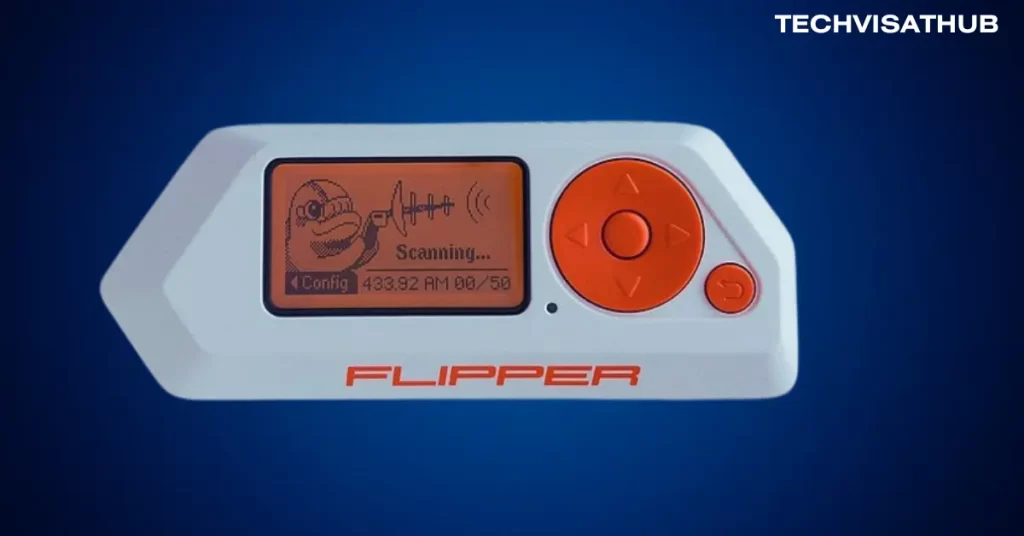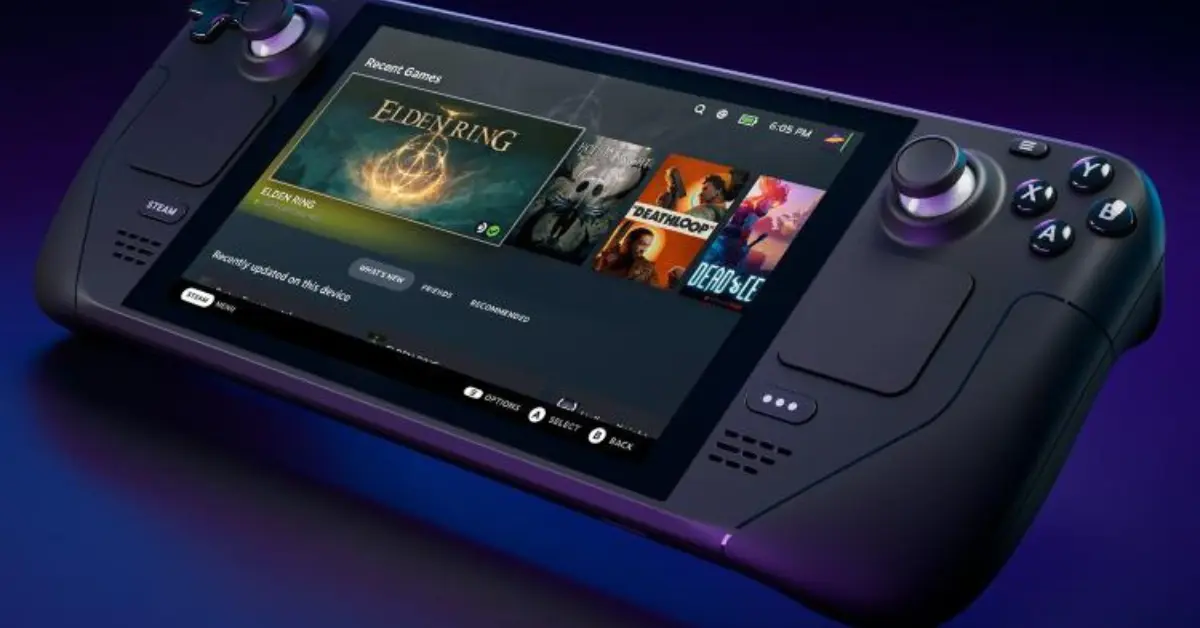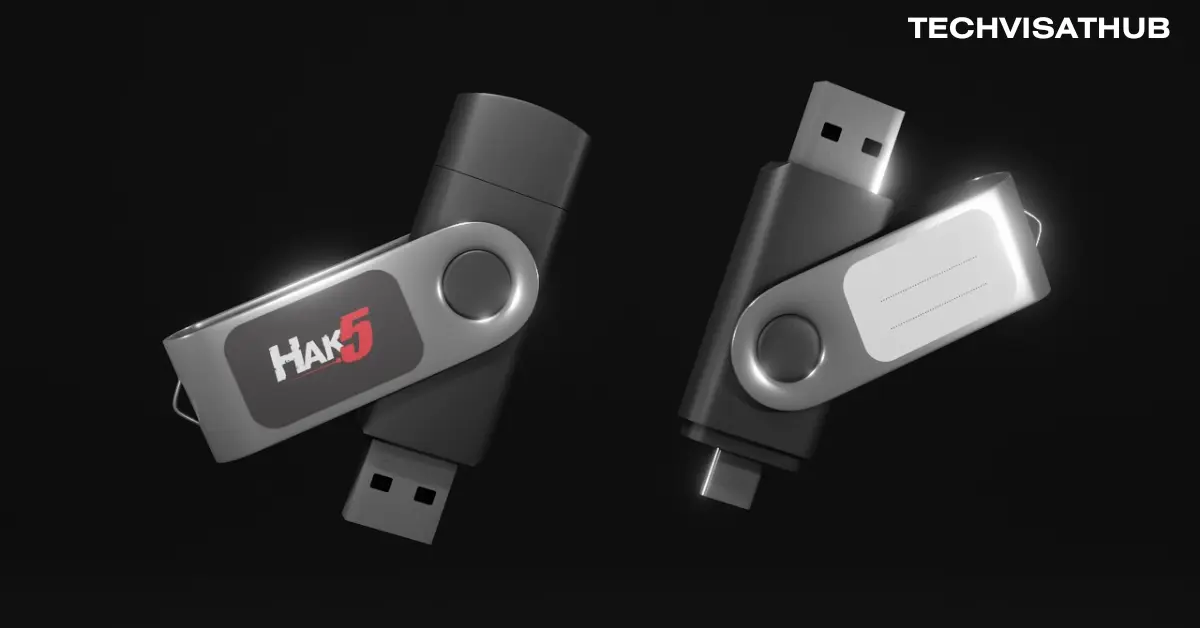
It looks like a children’s toy, but the Flipper Zero is one of the most versatile hacking tools to hit the market. If you’ve been on TikTok in the last six months, you’ve likely seen it used to change gas station signs, set off department store PA systems, and even open Tesla charging ports. Despite its legal status, shipments of the device have been seized in countries like the US, Brazil, and Israel. This raises the question: does the Flipper Zero truly pose a risk to society, or is the fear surrounding it simply hysteria?
What Can the Flipper Zero Do?
Out of the box, the Flipper Zero can read and emulate NFC, RFID, infrared, and iButton devices. More concerning is its ability to read and emulate sub-gigahertz frequencies used in car keys, garage doors, motion sensors, and more. Essentially, if a device is wireless, the Flipper Zero can likely interact with it in some way.
Cutting Through the Hype
Despite the panic, the Flipper Zero’s capabilities are not groundbreaking. Similar functions can be achieved using an Arduino or Raspberry Pi with add-on boards. For example, the sub-gigahertz transceiver feature, which some use for mischievous activities, is powered by the Texas Instruments CC1101 chip—a component that has been available since 2007 and can be purchased for less than $10.
The Real Risks and Solutions
The Flipper Zero’s ability to change gas station signs or open locks might seem alarming. However, such vulnerabilities highlight the need for better security practices. For instance, implementing rolling code systems can prevent these types of attacks. Rolling codes use cryptographically generated new codes for each action, making it difficult for devices like the Flipper Zero to breach them.
RFID and NFC Capabilities
The Flipper Zero can read, save, emulate, and even brute-force low-frequency RFID tags, which might be used in apartment buildings. However, this function is not unique to the Flipper Zero. Many other devices can perform similar tasks, and encryption can mitigate these risks. For NFC, while the Flipper Zero can interact with older encryption standards like MiFare Classic, modern encrypted systems are typically safe.
BadUSB and GPIO
The Flipper Zero also features BadUSB capabilities, allowing it to execute macros and scripts on target devices, similar to the USB Rubber Ducky. Additionally, its GPIO pins can connect to add-on boards, expanding its functions to include Wi-Fi, cameras, and more. However, these capabilities are not exclusive to the Flipper Zero and can be replicated with other devices.
The Bottom Line
The Flipper Zero is a versatile tool that can be used for both mischief and legitimate purposes. Its true strength lies in the community and innovation it fosters. While it does have the potential for misuse, it also serves as a wake-up call for improving security measures. In the end, it’s not the device itself but how it is used that determines its impact.
The Flipper Zero’s journey from a Kickstarter campaign to a mainstream gadget is a testament to its utility and the power of community-driven innovation. As new add-ons, programs, and custom firmware continue to emerge, the Flipper Zero’s potential will only grow. For now, it remains a fascinating piece of technology with the ability to both entertain and educate.




Leave a Reply